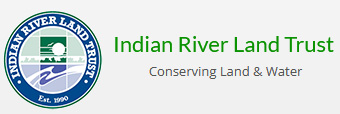Protected Lands
Our Protected Properties
In 2009, the IRLT Board of Directors identified large, undeveloped properties with wildlife habitat value along the Indian River Lagoon as its highest priority for protection. Since that time, IRLT has purchased and managed significant conservation lands that abut the Indian River Lagoon. The ongoing Lagoon Waterfront Initiative aims to:
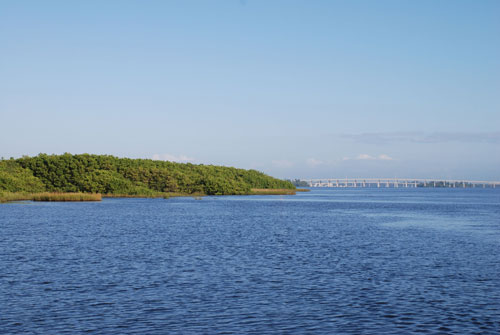
- Preserve environmentally important land and water resources
- Protect scenic waterfront areas from further development
- Provide open space for public recreation and education
New Lagoon-Front Acquisition - March 2024
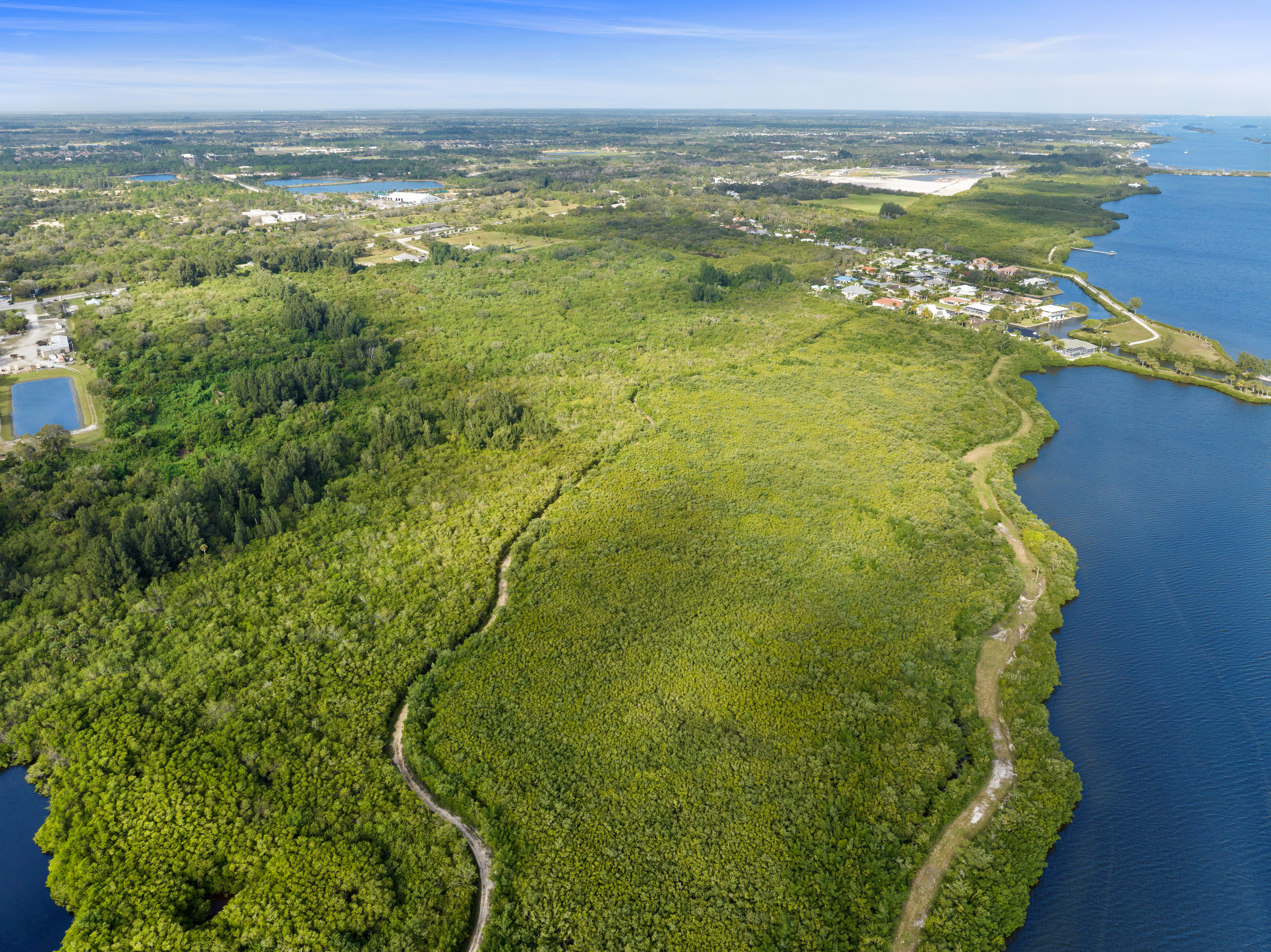 Due to the generosity of our community, the Indian River Land Trust was able to act quickly to acquire a critical piece of the land conservation puzzle on the Indian River Lagoon. In late March 2024, the Land Trust purchased a 48-acre property that strategically connects two protected Land Trust properties adjoining the Toni Robinson Waterfront Trail. This property had been a priority conservation target since 2009 and finally became available in November 2023. The Land Trust's acquisition of the property, which contains 1,000 linear feet of natural Lagoon shoreline, will create a nearly contiguous block of 150 conserved acres and protect critical wildlife habitat and Lagoon water quality in a rapidly developing area of Indian River County.
Due to the generosity of our community, the Indian River Land Trust was able to act quickly to acquire a critical piece of the land conservation puzzle on the Indian River Lagoon. In late March 2024, the Land Trust purchased a 48-acre property that strategically connects two protected Land Trust properties adjoining the Toni Robinson Waterfront Trail. This property had been a priority conservation target since 2009 and finally became available in November 2023. The Land Trust's acquisition of the property, which contains 1,000 linear feet of natural Lagoon shoreline, will create a nearly contiguous block of 150 conserved acres and protect critical wildlife habitat and Lagoon water quality in a rapidly developing area of Indian River County.
The eastern third of the property that borders the Lagoon is primarily mangrove forest. Both the woodlands and mangrove forest located on the property provide important habitat for a variety of fish and wildlife that are increasingly impacted by encroaching development along the Lagoon. In the future, this keystone piece of land could be used to extend the Toni Robinson Waterfront Trail, offering more opportunities for our community to connect with nature along the Lagoon.
Coastal Oaks Preserve
In 2011, the Land Trust purchased 191 acres of the former Hallstrom Estate which is now known as Coastal Oaks Preserve. In 2016, the Preserve was expanded to 220 acres and currently contains 226 acres. Located 1/2 mile north of the St. Lucie County border with Indian River County, the property features a variety of habitats, including freshwater wetlands, pine flatwoods, tropical oak-palm hammocks, salt marsh, mangrove forest, and seagrass beds. It serves as the outdoor classroom for the Junior Scientist Fellows Program for high school juniors and seniors who are mentored by faculty and staff at FAU's Harbor Branch Oceanographic Institute as they conduct hands-on research projects that inform IRLT land management.Bee Gum Point Preserve
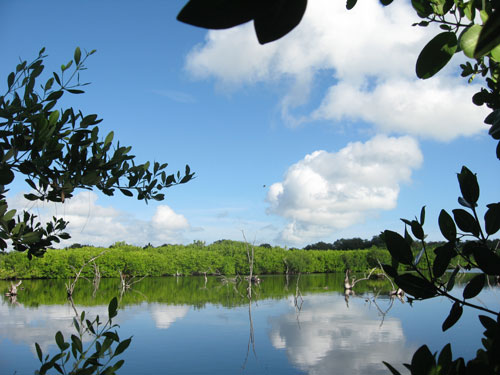 IRLT purchased Bee Gum Point in 2011, which at the time was the organization's largest conservation property. The 111-acre property was one of the last unprotected wetlands on the barrier island and contains a mile of lagoon shoreline. Due to its key location along the Atlantic Flyway, a major corridor for migrating birds, IRLT obtained grant funding toward it's purchase from the North American Wetlands Conservation Act which is designed to protect critical migratory bird habitat. The preserve is managed as a bird sanctuary, where regular bird watching and conservation tours are held. This unique preserve also serves as a study site for research projects focused on seagrasses, diamondback terrapins, and sportfish such as snook and tarpon.
IRLT purchased Bee Gum Point in 2011, which at the time was the organization's largest conservation property. The 111-acre property was one of the last unprotected wetlands on the barrier island and contains a mile of lagoon shoreline. Due to its key location along the Atlantic Flyway, a major corridor for migrating birds, IRLT obtained grant funding toward it's purchase from the North American Wetlands Conservation Act which is designed to protect critical migratory bird habitat. The preserve is managed as a bird sanctuary, where regular bird watching and conservation tours are held. This unique preserve also serves as a study site for research projects focused on seagrasses, diamondback terrapins, and sportfish such as snook and tarpon.
Winter Beach Salt Marsh
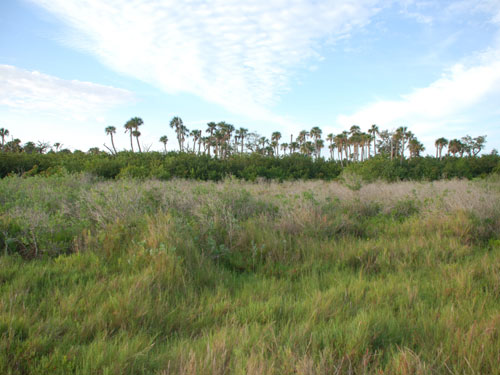 In 2010, IRLT purchased 50 acres of conservation land along the west side of the Indian River Lagoon off of 63rd Street. The property contains high salt marsh habitat that has become increasingly rare as a result of development and impoundment for mosquito control, and more recently sea level rise. With subsequent purchases, the conservation area now totals 65 acres and has benefitted from salt marsh restoration funded by grants from the U.S. Fish and Wildlife Service.
In 2010, IRLT purchased 50 acres of conservation land along the west side of the Indian River Lagoon off of 63rd Street. The property contains high salt marsh habitat that has become increasingly rare as a result of development and impoundment for mosquito control, and more recently sea level rise. With subsequent purchases, the conservation area now totals 65 acres and has benefitted from salt marsh restoration funded by grants from the U.S. Fish and Wildlife Service.
Bridge View Properties
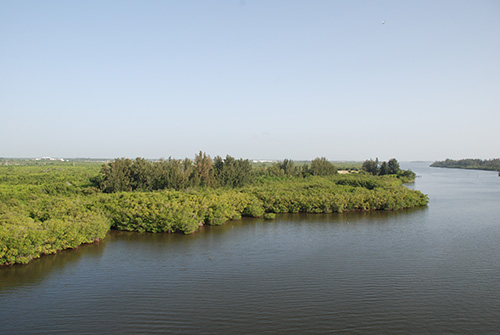 In 2013 and then over the following 7 years, IRLT acquired 10 parcels totaling 300 acres along the portion of the Indian River Lagoon known as The Narrows. Including County conservation land associated with the Barber Bridge, there is now a nearly two-mile stretch of green shoreline in full view north from the bridge. The properties include mangrove forest, high salt marsh, tidal creeks, and upland meadows and forests.
In 2013 and then over the following 7 years, IRLT acquired 10 parcels totaling 300 acres along the portion of the Indian River Lagoon known as The Narrows. Including County conservation land associated with the Barber Bridge, there is now a nearly two-mile stretch of green shoreline in full view north from the bridge. The properties include mangrove forest, high salt marsh, tidal creeks, and upland meadows and forests.
Sebastian River Property
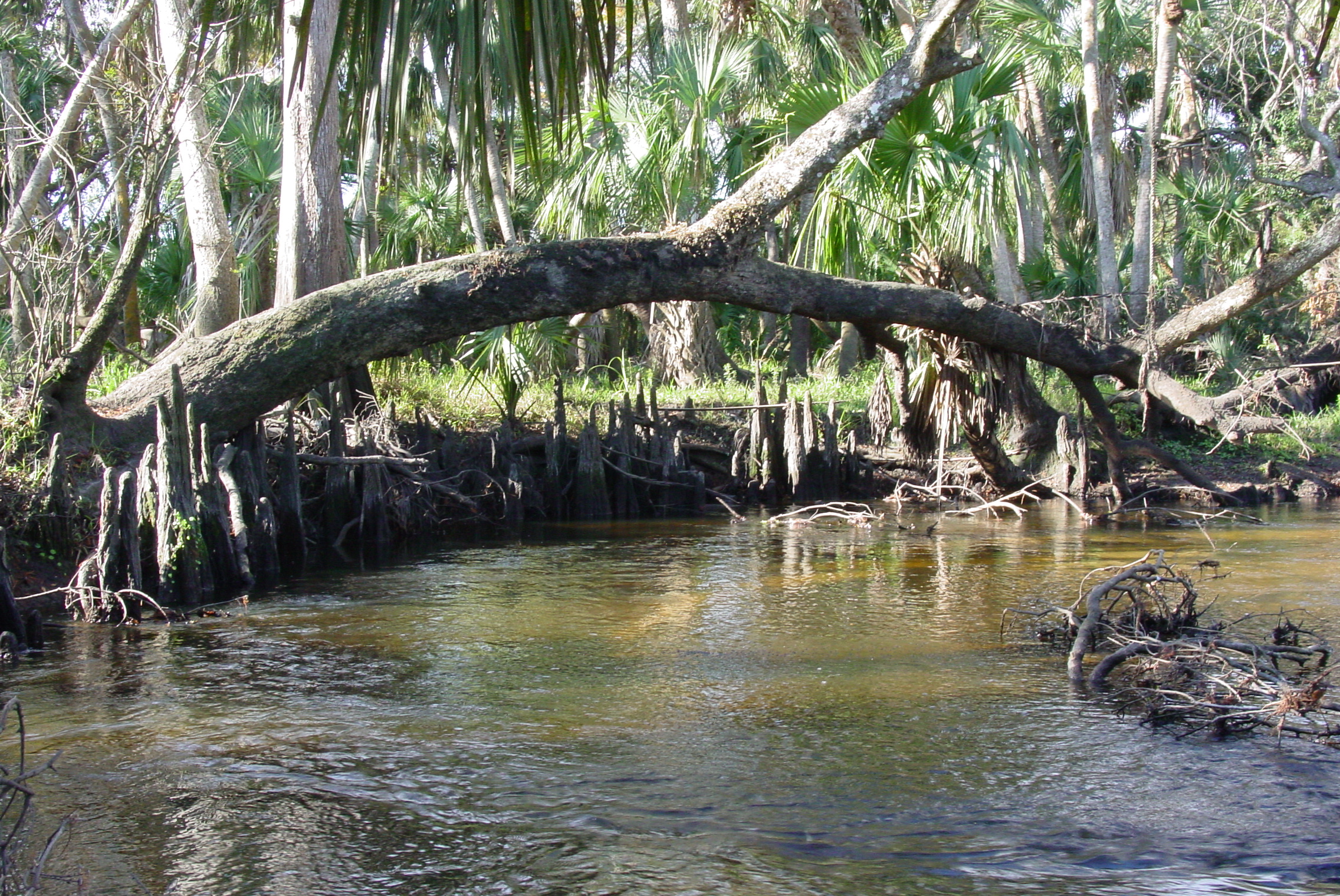 The Land Trust acquired a new conservation property, adding 36 additional acres of protected green space. The property is located on the South Prong of the St. Sebastian River, bordering the City of Sebastian. The St. Sebastian River is home to manatee, alligator, the prehistoric garfish, important bird rookeries, and species of globally rare fish. It is the only natural tributary of the Lagoon in the county, which further underscores its conservation value. This acquisition will be the spark to realize the long-imagined St. Sebastian River Greenway trail. Plans with other local non-profits and municipal leaders have recently resumed for the scenic nature trail along the river.
The Land Trust acquired a new conservation property, adding 36 additional acres of protected green space. The property is located on the South Prong of the St. Sebastian River, bordering the City of Sebastian. The St. Sebastian River is home to manatee, alligator, the prehistoric garfish, important bird rookeries, and species of globally rare fish. It is the only natural tributary of the Lagoon in the county, which further underscores its conservation value. This acquisition will be the spark to realize the long-imagined St. Sebastian River Greenway trail. Plans with other local non-profits and municipal leaders have recently resumed for the scenic nature trail along the river.
Land Stewardship and Management
When IRLT acquires conservation lands, it is with the commitment to care for the land in its natural state in perpetuity. Land stewardship encompasses the management activities to preserve healthy habitat, restore native habitat, prevent damage by invasive species, and to maintain public trails and associated infrastructure. Examples of land stewardship projects include salt marsh restoration, boardwalk repair/replacement, native plantings, and invasive species removal.Land stewardship also involves educating the public about the importance of IRLT's conservation lands, training and coordinating conservation tour guides, organizing volunteer stewardship events, monitoring properties for vegetation and wildlife, and coordinating research activities such as seagrasses, geology, fisheries, and wildlife.
